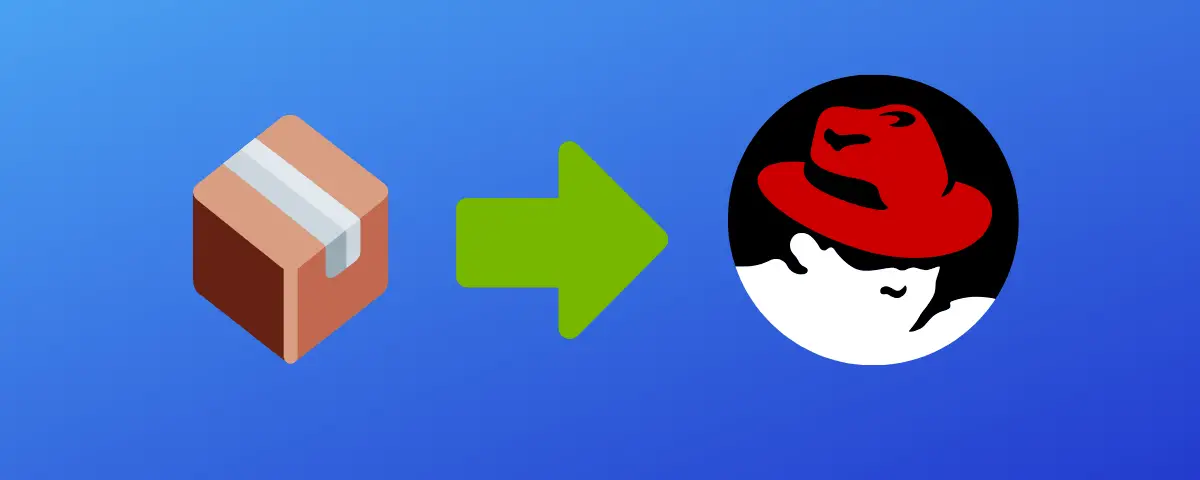

At boot time, chkconfig tells you whether or not the updatesd service is launched automatically: # chkconfig -list | grep -i yum To allow this to happen, you need to set the do_update entry to yes in your /etc/yum/nf configuration file ( Listing 2). The yum update daemon will even update the whole system. Pup is part of the pirut package, which you set up via yum install pirut. If you prefer a GUI, launch the Package Updater, pup, from a console through the desktop menu. To update a package – or all packages – use the yum update package_name or yum update command. Yum quickly prompts you to confirm that you want to uninstall all the listed packages and then does so if you say yes. In contrast, yum remove ClanLib will list the packages to uninstall, including their dependencies. īecause you typically learn the dependencies for the packages you are removing from RPM's error messages, this approach can be time-consuming. If you want to remove these packages, you must explicitly tell the RPM command to do this: rpm -e pingus SDL Clanlib. With the example of the Pingus game installation, yum adds sdl and ClanLib. Yum also makes life easier if you need to remove a package by deleting any components you no longer need. The command line for this is: yum localinstall package_name Again, yum will check for dependencies and reference the repositories to add any missing packages automatically. You can also install individual RPM files with yum instead of rpm. If you are removing packages, it pays to be careful automatically removing dependencies can have unpleasant side effects.īy default, yum will install from the configured package sources (e.g., DVD, Internet repositories). If you don't like answering Yes/No prompts, you can specify the -y option to say yes automatically to all questions: yum -y install pingus


 0 kommentar(er)
0 kommentar(er)
